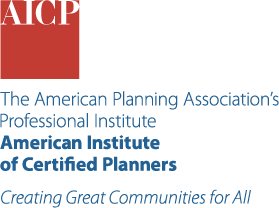Computer Vision and Community Vision
For only $180, get a full year of unrestricted access to APA's extensive learning library. Kickstart your journey by subscribing to Passport, then take the next step by enrolling in the courses that pique your interest.
Certification Maintenance
Learning Outcomes
- What is computer vision, and what role can it have in helping to plan more livable communities?
- Understand tools available to leverage computer vision as part of planning practice.
- Define future research needs so that emerging technologies and methods are oriented towards furthering the public interest.
More Course Details
Computer vision and AI have the potential to transform any set of pixels into insight that was previously hard to gather at the city or regional scale.
Urban planners are increasingly aware of the value of big data sources such as cellular trace and telematics data to guide planning decisions. However, with the advancements in artificial intelligence and computer vision, there are opportunities for images to become a powerful source of behavioral and asset data.
We are entering a world where machine models can use images to determine if a bike lane is blocked by truck, extract out road beds and sidewalks, and count and classify users of an intersection. Everything from how planners gather behavioral data to how they conduct field work is about to change.
This course focuses on the implications of applied computer vision for planning practice; lessons learned applying these technologies in various contexts; challenges such as privacy, bias, and data quality and how they influence its application; and future research needs to leverage these advances in a planning context.


